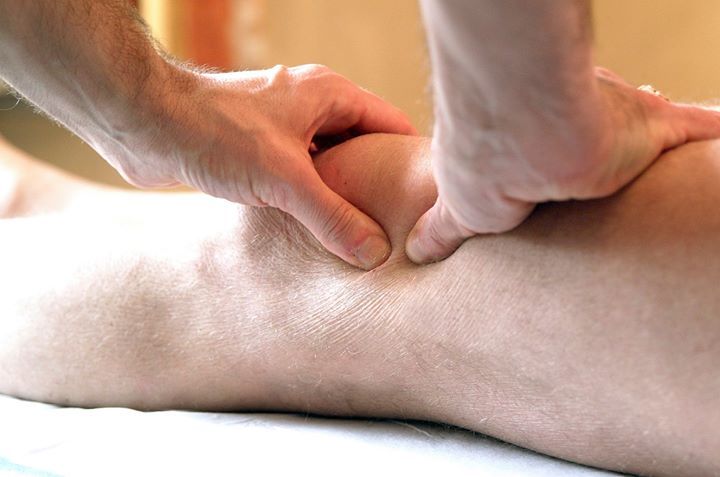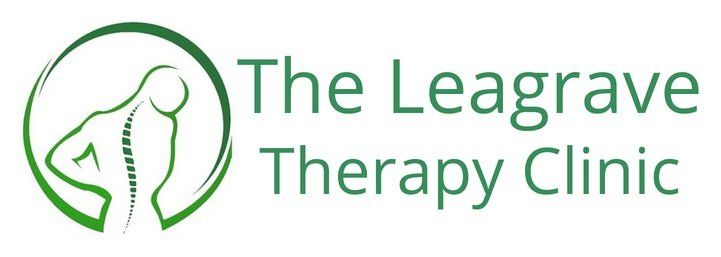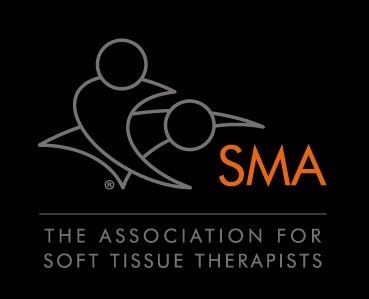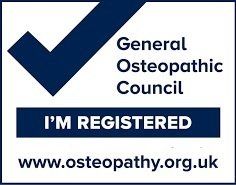leg massage

Short Study Summary:
- Pain and fatigue are common traits after a good workout or intense exercise.
- The following study explored to see if a 7 minute swedish massage had any affect on athlete’s perceived pain and fatigue after an ironman triathlon.
- 74 athletes took part in the study and were divided into two subgroups; a control and massage group.
- Outcome measures involved using a digial pressure algometer and visual analogue scale (VAS) for both groups.
- The results showed that a statistically significant difference between the two groups. The massage group reported to have felt less discomfort and fatigue after a 7-minute massage than the control group or triathletes who remained at rest.
Detailed Study Summary:
Method
Seventy four athletes overall from Ironman Brazil took part in the study. For athletes to be eligible for inclusion, athletes had to complete the entire Ironman triathlon race and report to physiotherapy with a main complaint being anterior thigh pain. Thirty seven athletes were randomised to a massage group whilst the other 37 were controls.
The massage group received 7 minutes of Swedish massage to the quadriceps and athletes from the control rested in a sitting position for 7 minutes.
Outcome Measures
Athletes were asked to rate their pain and perceived fatigue on a visual analogue scale (VAS).
After two groups of 37 participants had either rested or received massage for 7 minutes, a digital pressure algometer was used to apply pressure on three sites on the anterior (front) thigh.
NB: an algometer is a device that measures pain intensity by placing pressure on specific areas of muscle.
Participants told the researchers when the pressure of the algometer changed from being ‘pressure’ to discomfort or ‘pain’, the highest pressure reading was recorded as the person’s highest pain threshold. Measurements were taken before and after the group who received massage or after the control group had rested for 7 minutes. Assessors did not know whether the athletes had received massage or not. Only one participant was lost in the study due to nausea.
Trial Results
The results showed a statistically significant difference between the massage and control groups for perceived pain and fatigue.
In other words, the massage group felt less discomfort and fatigue after a 7-minute massage than the control group or triathletes who remained at rest.
There were no differences between the groups for pain pressure thresholds.
Conclusion
Nune et al. , (2016) have found that the possible positive effects of massage therapy on perceived fatigue are related to greater localised blood circulation either by mechanical effect or temperature increase, which can then help the removal of metabolic waste.
Although this was an interesting study, there were limitiations with there being a very short follow up post massage. It would have been good to know if the massage group maintained a better pain and fatigue perception over a few days or more (Cooper, 2017).
As Nune et al., (2016) note, despite the positive effects of massage on pain and fatigue in the present study, the findings should be analysed with caution. The positive effects perceived by the athletes were found only in subjective measures.
However, the results still confirm that massage has a positive effect on well-being and relief of symptoms in the short term. The significant effect on structural and physiological aspects to help post exercise soreness still need investigating further (Nune et al. ,2016).
References



